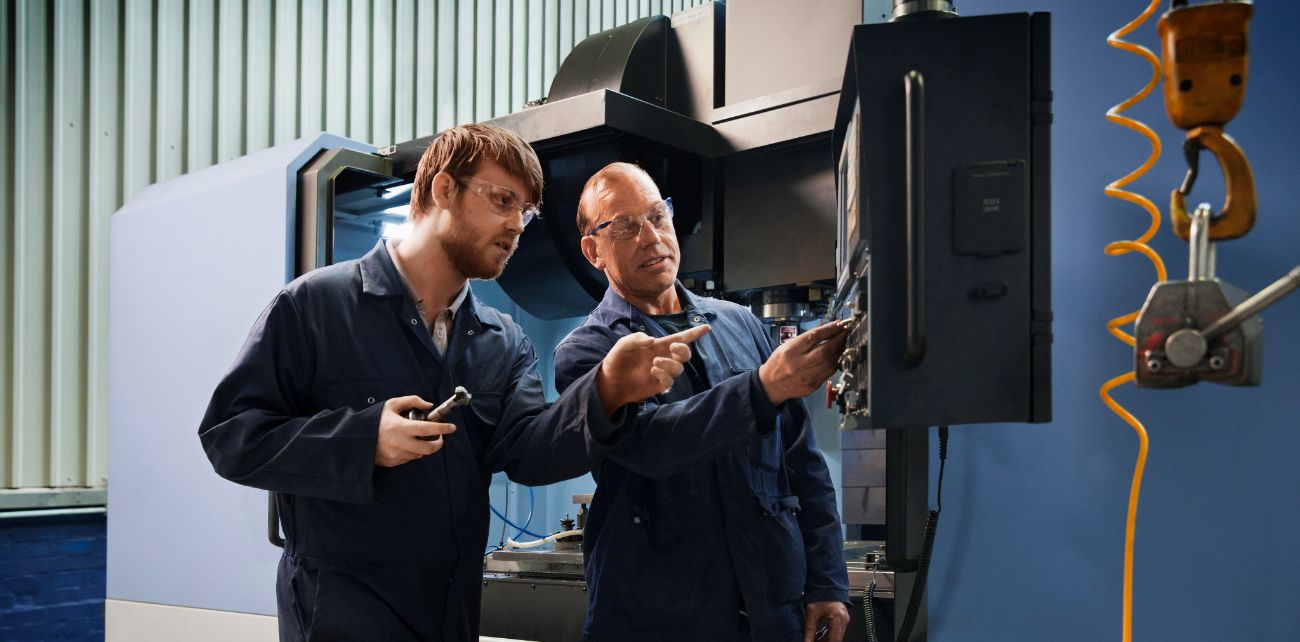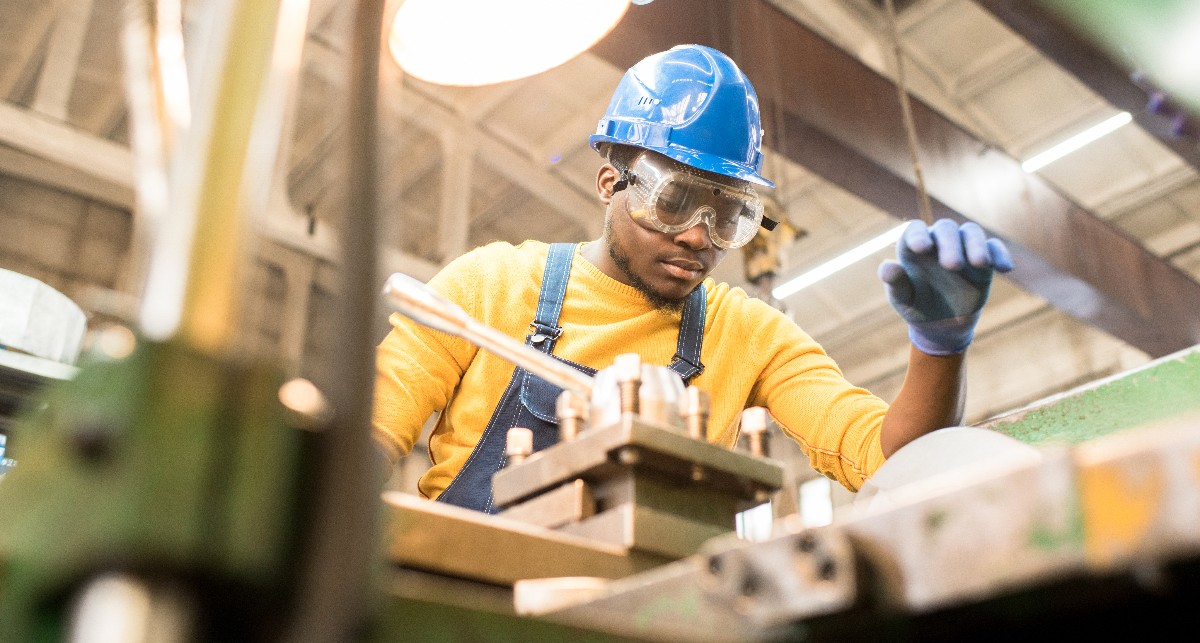Flexibility and improvement are two of the most important traits that a manufacturing company can have and are both vital when it comes to the longevity and financial success of your business.
Just recently, during the COVID-19 pandemic, we witnessed this. Manufacturing companies had to adapt and improve rapidly in order to stay afloat, and are still having to make adjustments years later.
With global business procedures changing daily, and entire countries going into lockdown, manufacturers had to find new and innovative ways to keep their businesses running. This included adapting their internal processes, as well as improving communication with suppliers and customers.
There is no doubt that companies within the manufacturing sector are very good at adapting to changing conditions within the industry and with global business procedures. However, they can sometimes get stuck in their ways when it comes to internal processes and company culture.
In order to remain competitive in business and continue to attract the best talent, though, manufacturers need to be able to adapt internally to these problems.
We Have A Perception Problem When It Comes To Manufacturing
After years and years of a heavy push that a college education was the only way to get a “good” job, the United States manufacturing industry (and other blue-collar job sectors) are now facing a major problem in the form of a labor shortage.
It’s estimated that over 2 million jobs will go unfilled in manufacturing between now and 2030, which will cost the U.S. economy nearly $1 trillion in economic output.
This problem isn’t insurmountable, though.
As Carolyn Lee, executive director of The Manufacturing Institute, has said, “There’s a perception problem … People don’t know that there are jobs that are desirable, that there are jobs that have family-supporting wages, and that there are jobs that are stable … There are jobs open today that are accessible to you with as much as a week-long certification.”
With that being said, nearly 80% of manufacturers surveyed in 2021 said that they expect it to be difficult to find and retain talent in the near future. So how do we change that mindset? Well, it starts from within.
Manufacturers Need To Recognize The Needs Of A Changing Workforce
Here’s a simple truth: if the management style and culture do not evolve and improve to become more in line with the current (and upcoming) workforce’s values and expectations, manufacturing organizations will not be able to staff their factories in the future.
It is important for companies to research, recognize, and react to the changing needs of the current workforce. Worker mindset today is not the same as it was 10 years ago, and it’s even more different today than it was 50 years ago.
With an industry that has a tendency to just continue doing things because “that’s the way they’ve always been done,” your manufacturing company can have a major competitive advantage in the labor market by simply adapting and improving internally.
Because after all, our employees truly are our greatest asset.





